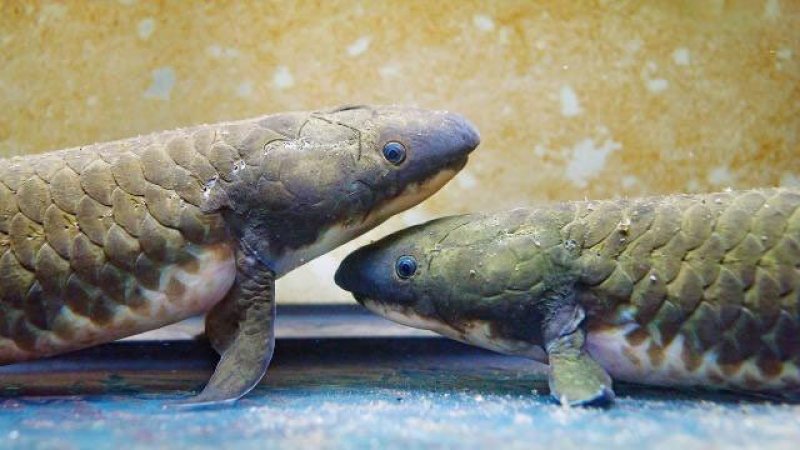[E]very voice (barks, whinnies, whines, chirps, squeals, meows, ribbits, roars, the State of the Union address) derives from a common ancestor, an animal we don’t ordinarily associate with voice: fish.
…
[Some primordial fish] evolved in shallow lakes or swamps and during droughts would become stranded on land. Many suffocated to death, but at least one was lucky enough to undergo one of those random mutations that drive natural selection.
In this case, a possible copying error in one of the genes responsible for building gills, rendering the subtly altered membrane capable of pulling a little oxygen from the air – a tiny sip that kept the landlocked fish alive long enough, not only to survive the dry spell, but to mate and pass along the mutated gill gene and the tiny survival advantage it conferred to its offspring.
Our vocal cords are an inheritance from these ancient fish – a valve that opens and closes over the opening to our windpipe and that we hold in the open position to allow air to pass to and from our lungs (as we breathe), but which we snap closed over the windpipe when “water or other harmful substances” threaten to enter our lungs and choke us to death – or when we wish to make voice sounds.































